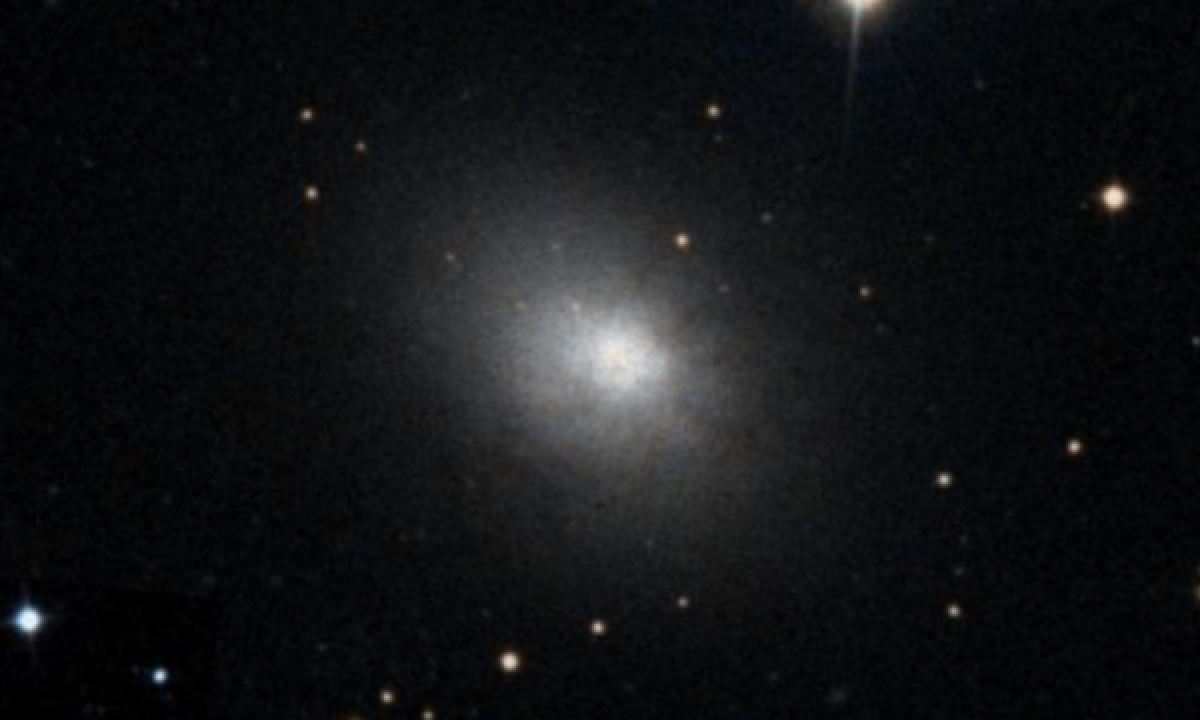The New General Catalogue of Nebulae and Clusters of Stars (abbreviated as NGC) is a catalogue of deep-sky objects compiled by John Louis Emil Dreyer in 1888. The NGC contains 7,840 objects, known as the NGC objects. It is one of the largest comprehensive catalogues, as it includes all types of deep space objects, including galaxies, star clusters, emission nebulae and absorption nebulae.
Know more about NGC
NGC 3077

NGC 3077 is a small disrupted elliptical galaxy, a member of the M81 Group, which is located in the northern constellation Ursa Major. Despite being similar to an elliptical galaxy in appearance, it is peculiar for two reasons. First, it shows wispy edges and scattered dust clouds that are probably a result of gravitational interaction with its larger neighbors, similar to the galaxy M82. Second, this galaxy has an active nucleus. This caused Carl Seyfert in 1943 to include it in his list of galaxies, which are now called Seyfert Galaxies. However, NGC 3077, though an emission line galaxy, is today no longer classified as a Seyfert galaxy. NGC 3077 was discovered by William Herschel on November 8, 1801. He remarked that "On the nF (NE) side, there is a faint ray interrupting the roundness." Admiral Smyth described it as "A bright-class round nebula; it is a lucid white, and lights up in the centre ... between these [stars,] the sky is intensely black, and shows the nebula as if floating in awful and illimitable space, at an inconceivable distance." An irregular dwarf object known as the "Garland" is located near NGC 3077.
More Images:

Sources:
Wikipedia Page: NGC 3077
NGC 3077 at In-The-Sky website
